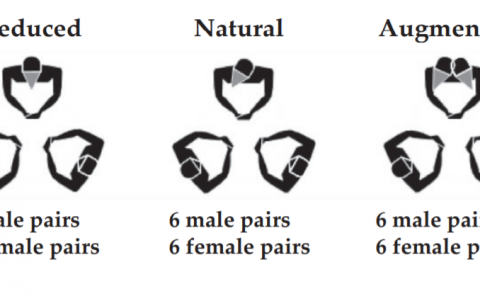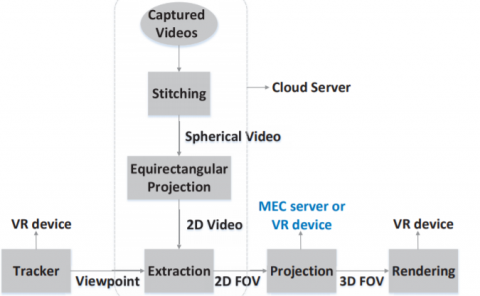Sparse Nanophotonic Phased Arrays for Energy-Efficient Holographic Displays
PubDate: April 2022
Teams: University of Maryland
Writers: Susmija Jabbireddy; Yang Zhang; Martin Peckerar; Mario Dagenais; Amitabh Varshney
PDF: Sparse Nanophotonic Phased Arrays for Energy-Efficient Holographic Displays

Abstract
The Nanophotonic Phased Array (NPA) is an emerging holographic display technology. With chip-scaled sizes, high refresh rates, and integrated light sources, a large-scale NPA can enable high-resolution real-time dynamic holographic displays. However, one of the critical challenges impeding the development of such large-scale NPAs is the high electrical power consumption required to modulate the amplitude and phase of each of the pixel elements. We argue that the modulation of all the elements on the array is, in fact, not necessary to produce a high-quality image. We propose a simple method that outputs the configuration of a sparse NPA, along with the amplitude and the phase required at each active pixel to generate the desired image at the observation plane. We identify the set of active pixels according to their optimized intensities. We observe that the brighter pixels have a greater influence on the target image, and it is these that we must focus on in image formation. Using as few as 10% of the total pixels from a dense 2D array of light-emitting elements, we show that a perceptually acceptable holographic image can be generated. We compare various sparse sampling methods through computational simulations and show that our proposed method gives superior qualitative and quantitative results. We believe our study will help advance research on sparse NPAs and facilitate the use of large-scale NPAs to display high-resolution 3D holographic images.



